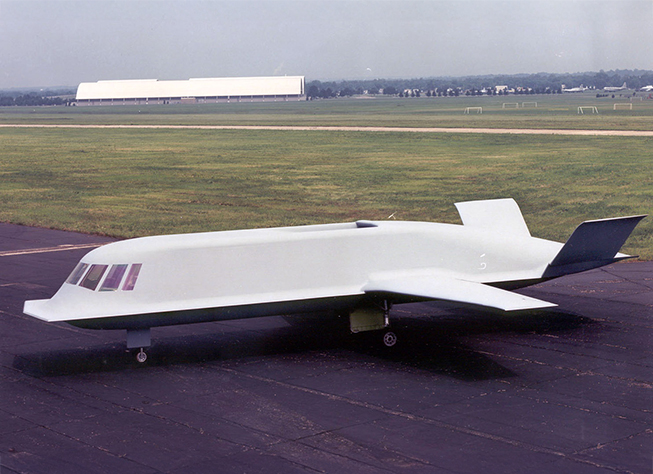DARPA embarked on the pathbreaking research and development that would lead to stealth technology in the 1970s. A milestone in that R&D trajectory was the production of two demonstrator aircraft by Lockheed in what was called the HAVE BLUE program. This resulted in the first practical combat stealth aircraft, which made its first test flight by the end of 1977. A year later, the company received a contract to scale-up engineering development of what become the F-117 and which became operational in October 1983. In 1976, Northrup received a sole-source grant by DARPA to develop the BSAX aircraft, later named TACIT Blue aircraft, which could operate radar sensors while maintaining its own low radar cross-section. The experimental aircraft first flew in 1982 and the many stealth, radar, and aerodynamic innovations it incorporated laid foundations for development of the B-2 stealth bomber, which was first used in combat in 1999.
Stealth aircraft destroyed key targets in conflicts in:
- Iraq, both in the 1991 Desert Storm operation and in 2003 during Operation Iraqi Freedom
- Afghanistan during Operation Enduring Freedom in 2001
- Libya in 2011.
Complementing the key contributions of stealth capabilities in these missions was Department of Defense’s use of other technologies, including DARPA-enabled precision-guided munitions deployed by stealth and non-stealth aircraft. Since their initial development and deployment, stealth technologies have been applied to a wide range of weapon systems and military platforms, among them missiles, helicopters, ground vehicles, and ships.
